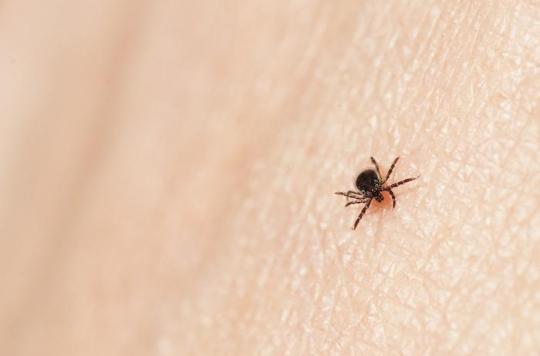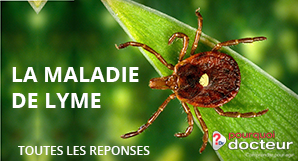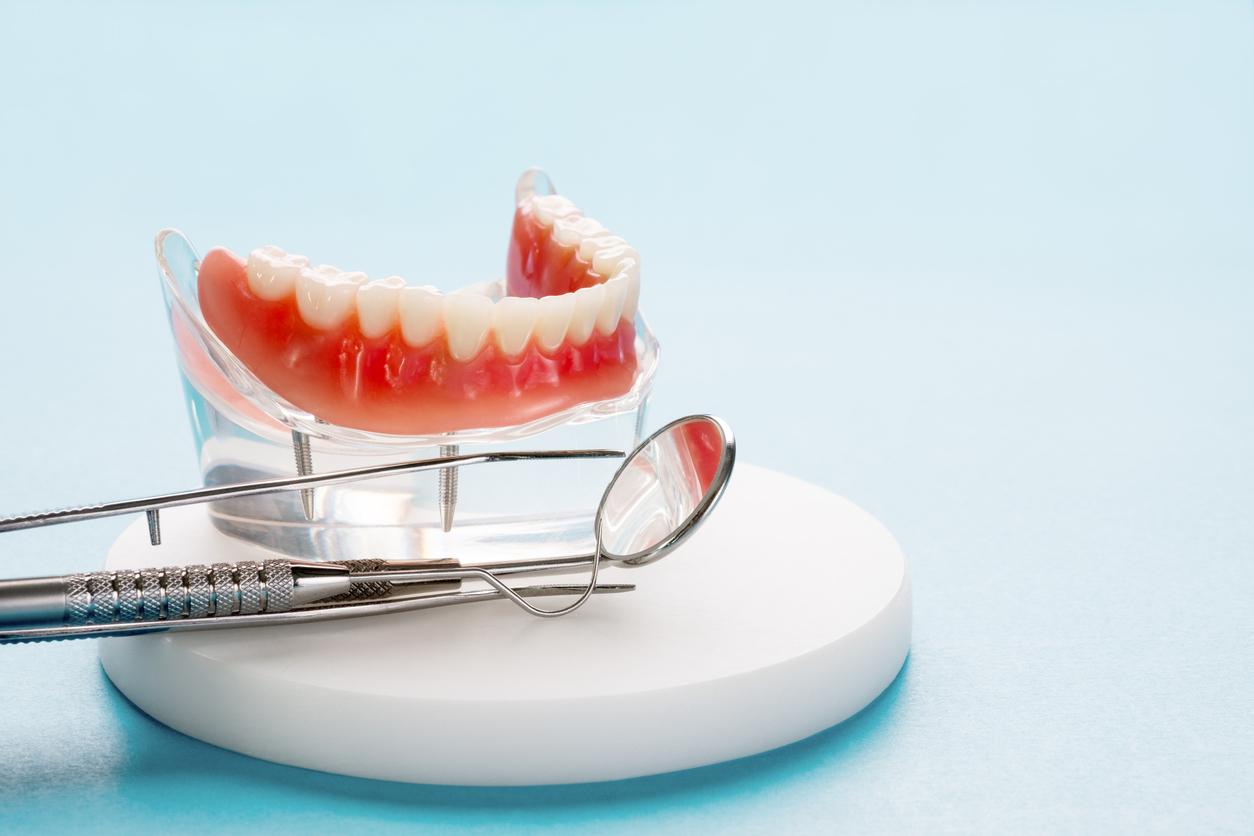While the Haute Autorité de Santé has just published recommendations on Lyme disease, many professionals are worried about the potential abuses that could result from it.

Health professionals are standing up against the Haute Autorité de Santé (HAS). Many specialists have announced that they are against recommendations published by HAS on its website on June 20 on Lyme disease. In order to establish a good practice of care, it proposed to take stock of “current scientific knowledge concerning Lyme borreliosis and other diseases transmissible by tick bites, the diagnostic strategy to be proposed at the national level; the means necessary for ensure optimal overall therapeutic management of patients, respond to their suffering and avoid diagnostic and therapeutic error and its potential abuses “.
While medicine has been slashing for several years to decide on the exact symptoms of Lyme disease, HAS attempted a consensus by proposing a new classification of affliction. In her recommendations, she therefore decides to recognize that people suffering from recurrent pain and fatigue are very ill but refuses to approve the existence of a chronic form of Lyme disease. Instead, she created the terminology of SPPT (polymorphic symptomatology / syndrome persisting after a possible tick bite) to explain the “situation of patients who may have been exposed to ticks and who present with polymorphic clinical signs. , persistent and unexplained, potentially disabling “.
“Through the symptomatology / persistent polymorphic syndrome after tick bite (SPPT), whose imprecision of the name already reflects the difficulties of definition, the HAS opens the door to a recognition of cases for which no other etiology does not exist. could be confirmed “, comments the International Journal of Medicine in order to explain the concern of health professionals.
A “set of ill-defined symptoms”
Many people fear that these recommendations will encourage certain abuses, such as the prescription of long antibiotic treatments, the effectiveness of which has never been demonstrated and which may prove to be harmful. “The diagnostic approach was not explicit enough and the text suffered from a lack of clarity overall, opening the door to medical abuses that could be deleterious for patients (…). This ill-defined set of symptoms does not exist in international medical literature and could lead to excess diagnoses likely to direct patients to inadequate care, “the Scientific Society of Infectious Disease (SPLIF) protested. in a press release.
And to conclude: “This is why the SPILF asked the partner companies involved in the management of these diseases, to carry out a collegial rereading of the recommendations of the HAS and if necessary to make constructive proposals”.
Disregard “official recommendations”
For the Academy of Medicine, with its recommendations, the HAS “implicitly recognizes the existence of such a pathology without the slightest proof with, as a consequence, proposals for heavy management involving numerous, costly and often unnecessary investigations “. Thereby, “far from clarifying the situation “, the HAS, in “wanting to please everyone, does not satisfy anyone “.
The National College of Teaching Generalists goes even further by advising “to all doctors ” to ignore “official recommendations “from the HAS.” Indeed, in the current state of science, it is not based on valid scientific data, “notes the College, fearing a psychosis around Lyme disease.
The latter, scientifically called Lyme borreliosis, is an infectious vector-borne disease transmitted by the bite of a spike. The infection may appear within a month after the bite, first as a red, round patch that extends in a circle from the stung area. The skin lesion may be accompanied by muscle and joint pain, or even fever. Treated quickly, the disease can go away in a few weeks or months. Otherwise, it can lead to neurological disorders and / or facial paralysis.

.















